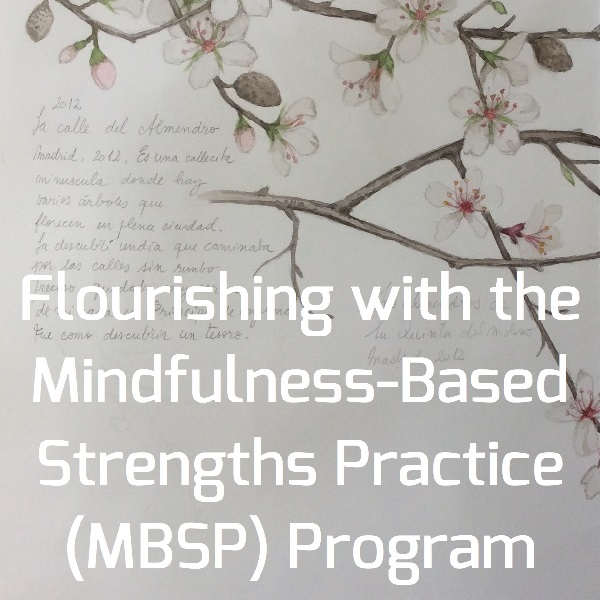This coming Xmas holiday is a renewed opportunity for wishing happiness to friends, colleagues, relationships, family, and loved ones. But what do we precisely mean when wishing a happy Xmas to anyone? In this winter holiday season post we look at this question from a psychological and ethical perspective. Subscribe to our newsletter.
A Timeless Aspiration for Happiness
Following Socrates and Plato, Greek philosopher Aristotle (2014) claimed long time ago (384–322 BCE) that happiness is the purpose of life, and that it is achieved living well and acting well in accordance with virtues and good character (i.e., the personal states worthy of praise, like wisdom, judgement, generosity, and temperance, but also contributing to the good society).
With similar Indo-European roots, Indian philosopher Siddhārtha Gautama (480-400 BCE) was also primarily concerned with attaining well-being. In addition to the Aristotelian requirement for living and acting well in line with right ethics and virtue, the Buddha Gautama proposed two other sets of right practices in the areas of mind disciplines (i.e., diligence, concentration and mindfulness) and insight (i.e., views and thinking) (Nhat Hanh, 1999). This more wholistic Buddhist approach to well-being considers the behavioral component of life, but also the desire, emotional, cognitive, and consciousness aspects of human excellence and flourishing (Yearley, 1990).
Happiness and Ethics
Interested in what the good of a person is (positive traits, positive experiences and positive institutions – like family, workplace and community) contemporary positive psychology is not far from traditional ethical philosophy (Peterson, 2006). Indeed, in the positive psychology science, virtue and good character is not defined by divine law but in terms experiential and measurable personal and interpersonal well-being components and outcomes (Peterson & Park 2009).
The Flourishing Construct
From the very beginning of the positive psychology discipline, Seligman (2002) defined happiness and well-being interchangeably as the goal of the whole new enterprise. As Levine (2009) pointed out, there is not much difference with the goal of the Buddhist wisdom and practice.
What I find interesting and very useful in Seligman (2011) is that he identified a certain number of well-being components, that he defined under the flourishing construct term, that includes: Positive emotions, Engagement, positive Relationships, Meaning, and Accomplishment (PERMA), as well as some of the following components: self-esteem, optimism, resilience, vitality, and self-determination. Once flourishing becomes the goal of positive psychology the quest for well-being becomes more specific and measurable (Gaffney, 2011).
Virtues and Character Strengths as a Pathway to Flourishing
The ground is set for establishing the connection between flourishing, virtues and character strengths. Flourishing is the purpose of life, and it is achieved through right actions, mind disciplines and wisdom, making a balanced use of virtues and good traits of character. But what are those virtues and good traits of character?
After about 5 years of research Peterson and Seligman (2004) proposed a universal classification of virtues and character strengths, the so-called VIA Classification (VIA meaning Values In Action). In total, 24 strengths of character clustered around 6 virtue categories: wisdom and knowledge, courage, humanity, justice, temperance, and transcendence (Peterson and Park, 2009).
Character Strengths Can Be Measured and Developed
The VIA Institute on Character proposes a character strengths assessment that describes the character strengths profile of the individual surveyed. The VIA Survey provides activities and tips on how and when to use the strengths, so to increase well-being, achieve more at work, in relationships, working through important life changes, or diminish stress (Niemiec 2019).
Peter Drucker (1954) wrote “What gets measured gets managed”. Getting to know “who we are”, our character strengths, is a first step for personal development and flourishing. Niemiec and McGrath (2019) have just published very useful description and development guide of these 6 virtue categories and 24 character strengths. An excellent resource when looking at personal development and flourishing from a conventional historical dimension.
There Is No Way to Flourishing, Flourishing Is the Way
Virtues and character strengths are good seeds in the individual and collective consciousness. Flourishing then is not only the purpose of life, and both a well-being component and outcome, but also the discipline and the pathway that makes virtues and character strengths seeds flourish. This is a well-known Zen principle: the deepest aspiration is to be manifested and accomplished in the now (Nhat Hanh, 2015).
I believe understanding the traditional Yogachara Buddhist psychology model (Nhat Hanh, 2006), that emphasizes the study of cognition, perception, and consciousness through the interior lens of meditative practice, is of a great help in the process of transformation and flourishing. A different way of looking at personal development and flourishing from a timeless dimension.
Character Strengths Interventions
Niemiec (2017) has proposed a complete collection of evidence-based character strengths interventions that can be used by practitioners in isolation or with an 8-week flourishing program approach, the Mindfulness-Based Strengths Practice (MBSP) (Niemiec, 2013).
During the last 20 years the number of studies looking at the correlation between character strengths and many topic areas (e.g., well-being, health and wellness, achievement, mindfulness, positive relationships, workplace and organizations, parenting, etc.) has grown considerably and, fortunately, the VIA Institute on Character keeps track of them. There is strong evidence that some character strengths contribute strongly to well-being. These are: love, gratitude, hope, curiosity, and zest (Park, Peterson & Seligman, 2004). So, in the coming winter holiday you may want to water these well-being seeds in your consciousness and use them appropriately in order to flourish. This is what I mean when I wish you a happy Xmas Happy winter holiday,
Jaume Gallifa, MBA, ACC is the Managing Director of Gallifa & Partner LLC, a professional services company specialized in transformational change and flourishing. He can be reached at jaume.gallifa@gallifa.ch or via LinkedIn.
[accordion align=”” numbers=”false” first_one_open=”true”]
[pane title=”Flourishing with Mindfulness-Based Strengths Practice (MBSP). An 8-week in-person program starting on Friday, January 15, 2021 in Basel, Switzerland”]
MBSP brings together the latest science of mindfulness and character strengths into an active learning experience to help people flourish by getting in conscious contact with their inner strengths.
The brochure attached contains detailed information about the 8-week in-person MBSP program that will take place in Basel, Switzerland, starting on Friday January 15, 2021 at 18h at Zentrum für Achtsamkeit Basel/Center for Mindfulness Basel.
Thematic and info workshop sessions to learn more and experience the integration of mindfulness and character strengths for flourishing are offered regularly. Details and inscriptions at the Lausanne event page or the Basel event page.
[/pane]
[/accordion]
References
– Aristotle (2014). Nicomachean Ethics (Cambridge Texts in the History of Philosophy). Translated by Roger Crisp. Revised Edition.
– Druker, Peter (1954). The Practice of Management.
– Gaffney, Maureen (2011). Flourishing: How to achieve a deeper sense of well-being, meaning, and purpose – even when facing adversity.
– Levine, Marvin (2009). The Positive Psychology of Buddhism and Yoga.
– Nhat Hanh, Thich (1999). The Heart of Buddha’s Teaching: Transforming Suffering into Peace, Joy and Liberation.
– Nhat Hanh, Thich (2006). Understanding Our Mind: Fifty Verses on Buddhist Psychology.
– Nhat Hanh, Thich (2015). Inside the Now: Meditations on Time.
– Niemiec, Ryan M. (2013). Mindfulness and Character Strengths: A Practical Guide to Flourishing.
– Niemiec, Ryan M. (2017). Character Strengths Interventions: A Field Guide for Practitioners.
– Niemiec, Ryan M. (2019). The Strengths-Based Workbook for Stress Relief: A Character Strengths Approach to Finding Calm in the Chaos of Daily Life.
– Niemiec, Ryan M. & McGrath, Robert E. (2019). The Power of Character Strengths: Appreciate and Ignite Your Positive Personality.
– Park, N., Peterson, C., & Seligman, M. E. P. (2004). Strengths of character and well-being. Journal of Social & Clinical Psychology, 23, 603–619.
– Peterson, Christopher & Seligman, Martin (2004). Character Strengths and Virtues: A Handbook and Classification.
– Peterson, Christopher (2006). A Primer in Positive Psychology (Oxford Positive Psychology Series).
– Peterson, Christopher & Park, Nansook (2009). Classifying and Measuring Strengths of Character. The Oxford Handbook of Positive Psychology. Second Edition.
– Seligman, Martin (2002). Authentic Happiness: Using the new positive psychology to realize your potential for lasting fulfillment.
– Seligman, Martin (2011). Flourish: A Visionary New Understanding of Happiness and Well-being.
– Yearley, Lee H. (1990). Mencius and Aquinas: Theories of Virtue and Conceptions of Courage (SUNY series, Toward a Comparative Philosophy of Religions).



